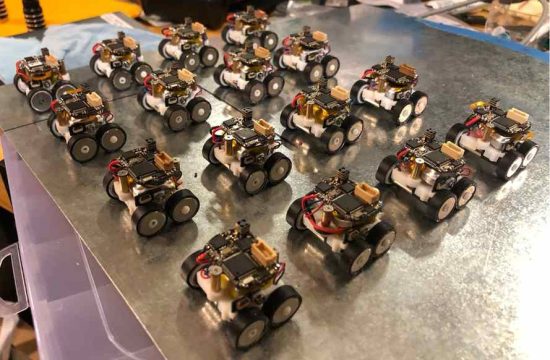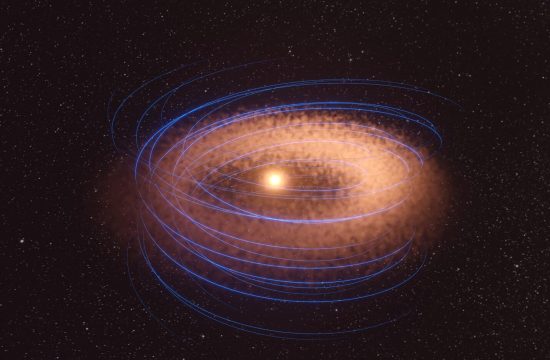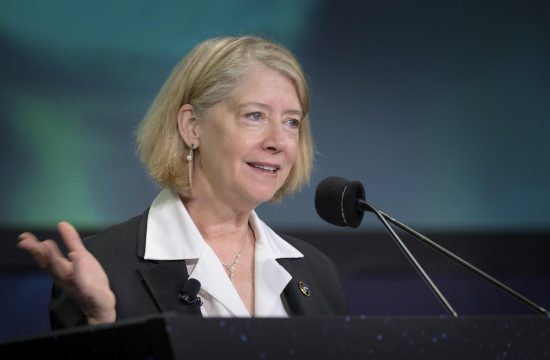
Credits: Ryan Beam
A workshop where tools floated around would be difficult to work in. So, NASA has chosen two winning designs from K-12 students for a 3-D printed container to help astronauts on the International Space Station keep things in order.
“The simplest tasks on Earth can be quite challenging, and even dangerous, in space,” said Niki Werkheiser, NASA’s In-Space Manufacturing project manager. “Being able to 3-D print technical parts, as well as the lifestyle items that we use every day will not only help enable deep space travel, but can make the trip more pleasant for astronauts.”
The 3-D space Container Challenge asked students to design models of containers that could be used in space. They could range from simple containers that could be used to hold collected rocks on Mars or an astronaut’s food, to advanced containers for experiments that study fruit flies.
[pullquote]The simplest tasks on Earth can be quite challenging, and even dangerous, in space.[/pullquote]
Students across the United States spent part of their summer using 3-D modeling software to design containers that could be 3-D printed, with the ultimate goal of advancing human space exploration on the International Space Station, Mars and beyond.
Ryan Beam of Scotts Valley, California, designed the winning container in the Teen Group, ages 13-19. Beam’s ClipCatch design will allow astronauts on the space station to clip their fingernails without worrying about the clippings floating away and potentially becoming harmful debris.

Credits: Emily Takara
Emily Takara from Cupertino, California, designed the winning container from the Junior Group, ages 5-12. Her design is a Flower Tea Cage, which uses the surface tension of liquids in a microgravity environment to allow astronauts to make tea. In space, liquids form spheres and adhere to things they touch.
Demonstrating the use of a 3-D printer for on-demand manufacturing technology in space is the first step toward realizing a print-on-demand “machine shop” for future long-duration exploration missions where there is a limited resupply capability. The 3-D Space Container Challenge, which supports NASA’s In-space Manufacturing Initiative, is the second in a series of Future Engineers 3-D Printing challenges for students focused on designing solutions to real-world space exploration problems.
The In-space Manufacturing Initiative falls under NASA’s Human Exploration and Operations Mission Directorate and is managed by the agency’s Marshall Space Flight Center in Huntsville, Alabama.








